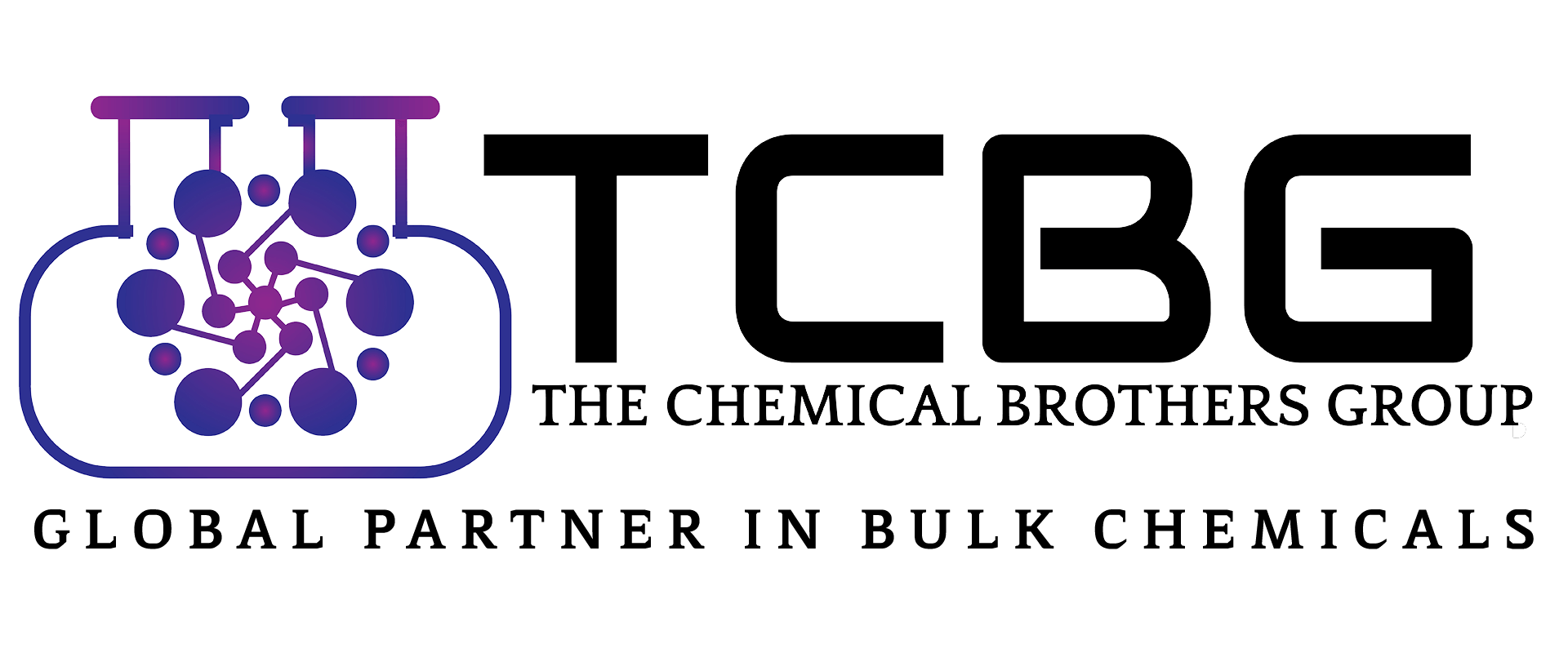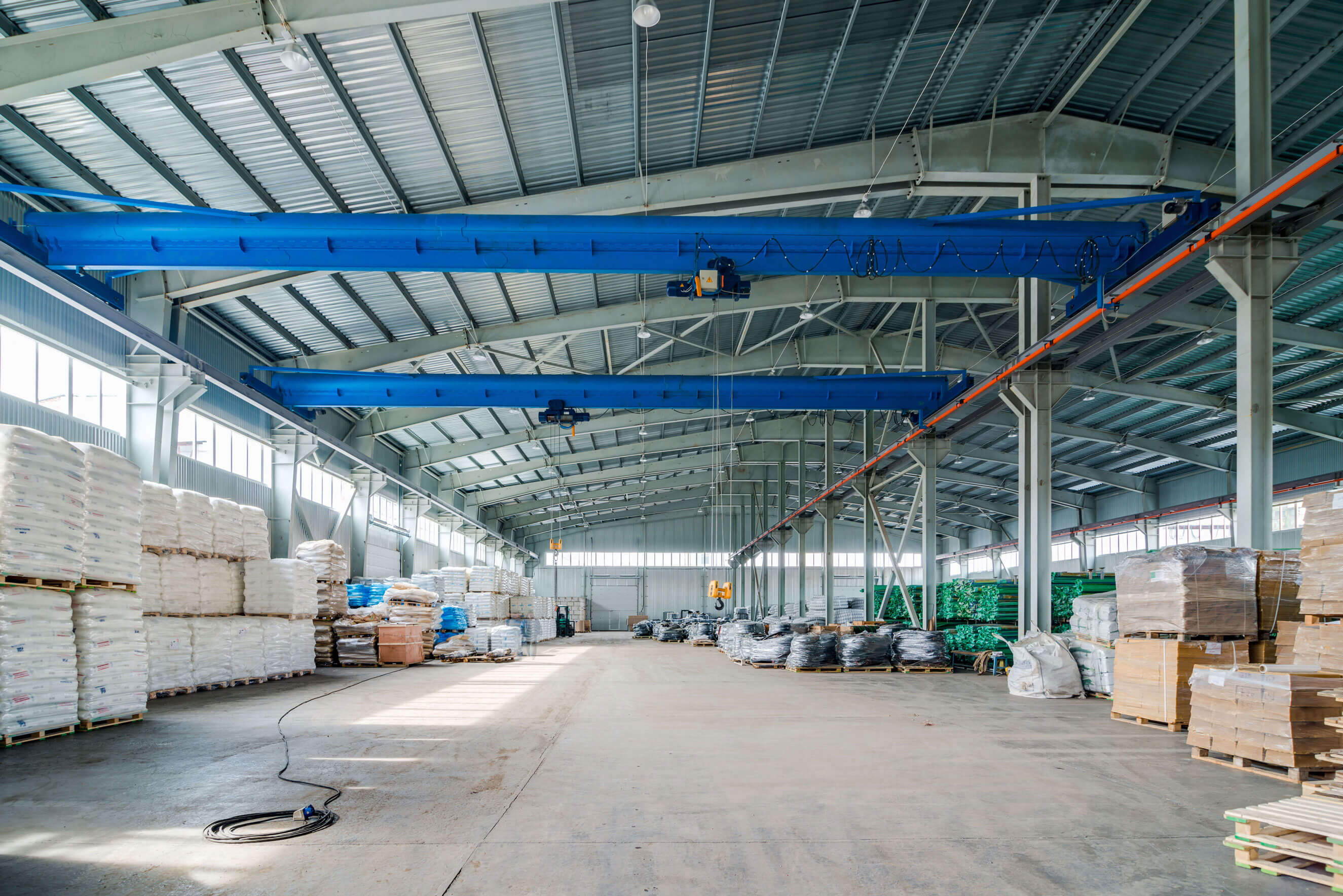Liquid chlorine (Cl2) is a greenish-yellow,
highly reactive, and toxic gas at room temperature and pressure. However, under
certain conditions of temperature and pressure, it can be liquefied and stored
as a clear amber-colored liquid. Here are some details about liquid chlorine:
1. Chemical Formula: Cl2
2. CAS (Chemical Abstracts Service) Number: 7782-50-5
3. Molecular Weight: Approximately 70.91
g/mol
4. Physical Properties:
-
Appearance: Liquid chlorine is a clear amber-colored liquid with a pungent
odor.
-
Boiling Point: Liquid chlorine has a boiling point of -34.04°C (-29.27°F) at
standard atmospheric pressure.
-
Density: The density of liquid chlorine is approximately 1.56 g/cm³ at its
boiling point.
-
Solubility: Liquid chlorine is sparingly soluble in water, with a solubility of
about 0.78 g/L at 20°C (68°F).
-
Vapor Pressure: The vapor pressure of liquid chlorine at its boiling point is
approximately 7.98 atm.
5. Chemical Properties:
-
Liquid chlorine is a strong oxidizing agent and reacts vigorously with reducing
agents, organic compounds, and certain metals.
- It
can undergo various chemical reactions, including halogenation, oxidation, and
hydrolysis.
-
Chlorine gas dissolved in water forms hypochlorous acid (HOCl) and hydrochloric
acid (HCl), which are powerful disinfectants.
6. Production:
-
Liquid chlorine is produced industrially by the electrolysis of brine (sodium
chloride solution) in an electrolytic cell, a process known as the chlor-alkali
process.
- In
this process, chlorine gas is evolved at the anode (positive electrode) along
with hydrogen gas, while sodium hydroxide (caustic soda) is produced at the
cathode (negative electrode).
7. Uses:
-
Water Treatment: Liquid chlorine is widely used as a disinfectant in water
treatment plants to kill bacteria, viruses, and other pathogens in drinking
water and wastewater.
-
Bleaching Agent: It is used in the pulp and paper industry as a bleaching agent
to whiten pulp and remove lignin from wood fibers.
-
Chemical Manufacturing: Liquid chlorine serves as a raw material in the
production of various chemicals, including chlorinated solvents, PVC (polyvinyl
chloride), and chlorinated intermediates.
-
Sanitization and Disinfection: It is used for sanitization and disinfection in
swimming pools, spas, and industrial processes to control microbial growth and
prevent contamination.
8. Health and Safety:
-
Liquid chlorine is highly toxic and corrosive and can cause severe irritation,
burns, and respiratory distress upon contact or inhalation.
-
Exposure to liquid chlorine can lead to coughing, chest tightness, difficulty
breathing, and pulmonary edema (fluid accumulation in the lungs).
-
Proper handling, storage, and ventilation are essential when working with
liquid chlorine to minimize the risk of exposure and accidents.
-
Personal protective equipment (PPE), such as gloves, goggles, and respiratory
protection, should be worn by workers handling liquid chlorine.
Liquid chlorine is a valuable chemical with diverse industrial applications, particularly in water treatment, bleaching, and disinfection. However, its toxicity and hazardous nature require careful handling and safety precautions to ensure safe usage and minimize risks to human health and the environment.
If you need further information or have specific questions, feel free to ask!

.jpg)
